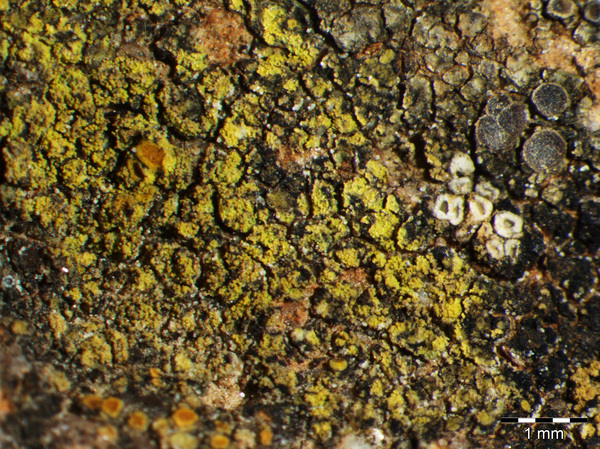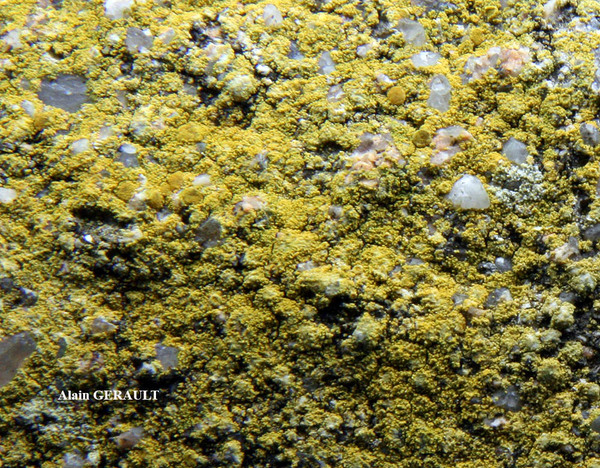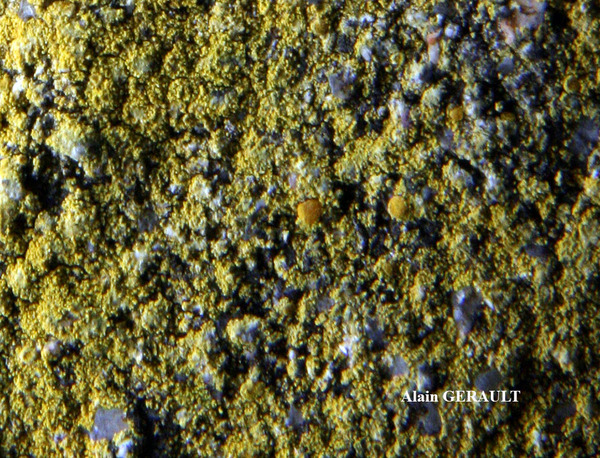Flavoplaca flavocitrina (Nyl.) Arup, Frödén & Søchting
in Arup & al., Nord. J. Bot., 31: 45, 2013. Basionym: Lecanora flavocitrina Nyl. - Flora, 69: 461, 1886.
Synonyms: Caloplaca citrina auct. ital. p.p.; Caloplaca flavocitrina (Nyl.) H. Olivier
Distribution: N - VG (Castello 2002, Martellos & Castello 2004, Ravera & al. 2019a), Frl (Nimis & Salvadori 1998, Tretiach & Hafellner 2000, Nascimbene & Salvadori 2008, Nascimbene & al. 2009b, Ravera & al. 2019a), Ven (Caniglia & al. 1993, Nascimbene & Caniglia 2003c, Nascimbene 2005c, Thor & Nascimbene 2007, Nascimbene & Marini 2007, Nascimbene & Salvadori 2008), TAA (De Benetti & Caniglia 1993, Nascimbene 2005b, 2008b, Zarabska & al. 2009, Ravera & al. 2019a, Nascimbene & al. 2022), Lomb (Florio & al. 2004, 2006, Rigamonti & al. 2007, 2008, Di Silvestro & al. 2009, Gheza & al. 2015), Piem (Alessio & al. 1995, Isocrono & al. 2003, Morando & al. 2014, Ravera & al. 2019a), VA (Piervittori & Isocrono 1997, 1999, Revel & al. 2001), Emil (Nimis & al. 1996, Valcuvia & Savino 2000, Bouvet 2008, Fariselli & al. 2020), Lig (Valcuvia & al. 2000, Roccardi 2006, Giordani & al. 2016). C - Tosc (Tretiach & Nimis 1994, Benesperi 2011, Vondrák & al. 2009), Marc (Nimis & Tretiach 1999), Umb (Nimis & Tretiach 1999, Panfili 2000b, Ravera & al. 2006, Genovesi 2011), Laz (Bartoli 1997b, Bartoli & al. 1998, Ravera & al. 1999, 2019a, Roccardi & Ricci 2006, Munzi & al. 2007, Pietrini & al. 2008, Ravera 2008b, Roccardi 2011, Genovesi & al. 2011), Abr (Nimis & Tretiach 1999, Stofer 2006, Caporale & al. 2016), Mol (Garofalo & al. 1999, Nimis & Tretiach 1999, Caporale & al. 2008, Genovesi & Ravera 2014, Ravera & al. 2019a), Sar (Loi & al. 2000, Zedda 2002, 2002b, Zedda & al. 2001, Rizzi & al. 2011, Neuwirth 2018, Ravera 2019a). S - Camp (Garofalo & al. 1999, 2010, Ricciardi & al. 2000, Aprile & al. 2002, 2003, 2003b, Nimis & Tretiach 2004, Catalano & al. 2016), Pugl (Nimis & Tretiach 1999, Durini & Medagli 2002, Gianfreda & Matino 2020, Ravera & al. 2019a), Bas (Bartoli & Puntillo 1998, Nimis & Tretiach 1999, Ravera & al. 2019a), Cal (Puntillo 1996, Puntillo & Puntillo 2004), Si (Nimis & al. 1994, 1996b, Ottonello & Salone 1994, Ottonello & al. 1994, Monte & Ferrari 1996, Ottonello 1996, Poli & al. 1996, 1997, 1998, Grillo & Carfì 1997, Ottonello & Romano 1997, Grillo 1998, Caniglia & Grillo 2001, Grillo & al. 2001, 2002, 2009, Grillo & Caniglia 2004, 2006, Merlo 2004b, Gianguzzi & al. 2009, Cataldo & Cannavò 2014, Ravera & al. 2019a).
Description: Thallus crustose, episubstratic, yellow, of dispersed subsquamulose areoles, rarely continuous. Areoles in average 96 μm thick, 0.4 mm wide, flat, smooth, with marginal, bright lemon yellow soralia which sometimes expand but rarely cover the whole surface. Soredia c. 30 μm in diam., sometimes gathered into consoredia. Cortex thin, usually of 1-2 layers of cells; medulla poorly developed. Apothecia infrequent, zeorine, c. 0.5 mm across, with a slightly concave to flat disc and an often sorediate thalline margin. Proper exciple 70-110 μm wide; epithecium orange, K+ purple-red; hymenium colourless, 65-80 μm high; paraphyses simple or sparingly branched, the apical cells swollen, 3-7 μm wide; hypothecium colourless. Asci 8-spored, cylindrical-clavate, functionally unitunicate, apically thickened with a broad internal beak, the inner part of apex and external cap I+ blue, Teloschistes-type. Ascospores 2-celled, polarilocular, hyaline, ellipsoid, (10-)11.5-14.5 x 4-7 μm, the equatorial thickening (“septum”) c. 4.5 μm. Photobiont chlorococcoid. Spot tests: thallus, soredia and apothecia K+ purple-red, C-, KC-, P-. Chemistry: thallus and apothecia with parietin (major), fallacinal, emodin, teloschistin and parietinic acid (minor), corresponding with chemosyndrome A of Søchting (1997). Note: a species of the F. citrina-group mainly occurring on limestone, concrete and mortar, with a yellow to orange-yellow, areolate thallus, the areoles with marginal soralia, at the same time often fertile; several records of this common, widespread and ecologically wide-ranging species might be filed under Caloplaca citrina in the Italian literature. The entire group of non-effigurate sorediose Flavoplaca needs a thorough revision in Italy. For further details see Arup (2006) and Vondrák & al. (2016b).
Growth form: Crustose
Substrata: bark and rocks
Photobiont: green algae other than Trentepohlia
Reproductive strategy: mainly asexual, by soredia, or soredia-like structures (e.g. blastidia)
Pioneer species
Commonnes-rarity: (info)
Alpine belt: absent
Subalpine belt: rare
Oromediterranean belt: absent
Montane belt: rather common
Submediterranean belt: common
Padanian area: very common
Humid submediterranean belt: common
Humid mediterranean belt: common
Dry mediterranean belt: rather common

Predictive model
Herbarium samples
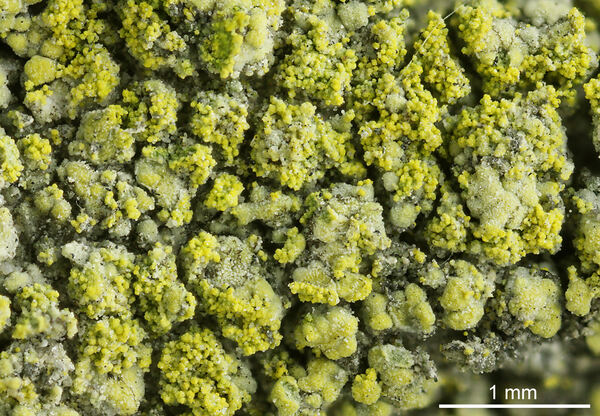

Felix Schumm – CC BY-SA 4.0
[16701], Germany, Baden-Württemberg, Kreis Ludwigsburg, zwischen Pleidelsheim und Mundelsheim beim Schotterwerk Karl Epple, 48.97790° N, 9.21620° E, 200 m, an Kalksteinen
03.10.2010
Leg. et det. Schumm


Felix Schumm – CC BY-SA 4.0
[16701], Germany, Baden-Württemberg, Kreis Ludwigsburg, zwischen Pleidelsheim und Mundelsheim beim Schotterwerk Karl Epple, 48.97790° N, 9.21620° E, 200 m, an Kalksteinen. Leg. et det. Schumm 03.10.2010.
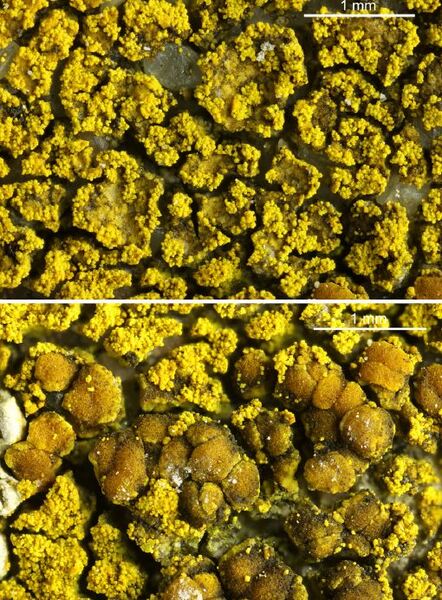

Felix Schumm – CC BY-SA 4.0
[16707], Germany, Baden-Württemberg, Kreis Göppingen, zwischen Wangen und Unterberken, ehemaliges Militärdepot, an Betonmauern, 48,75052° N, 9,57469° E, 480 m. Leg. et det. Schumm 10.10.2010
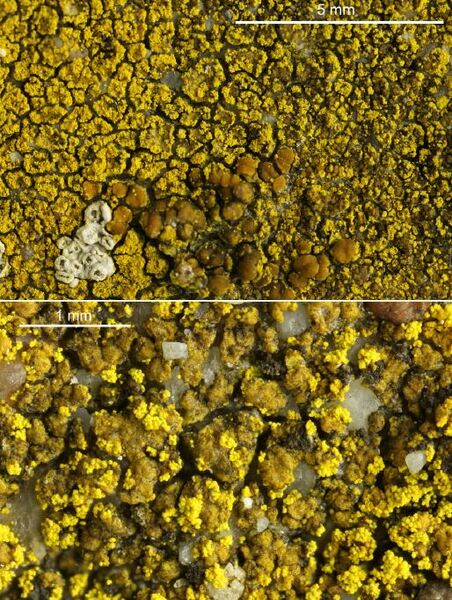

Felix Schumm – CC BY-SA 4.0
[16707], Germany, Baden-Württemberg, Kreis Göppingen, zwischen Wangen und Unterberken, ehemaliges Militärdepot, an Betonmauern, 48,75052° N, 9,57469° E, 480 m. Leg. et det. Schumm 10.10.2010
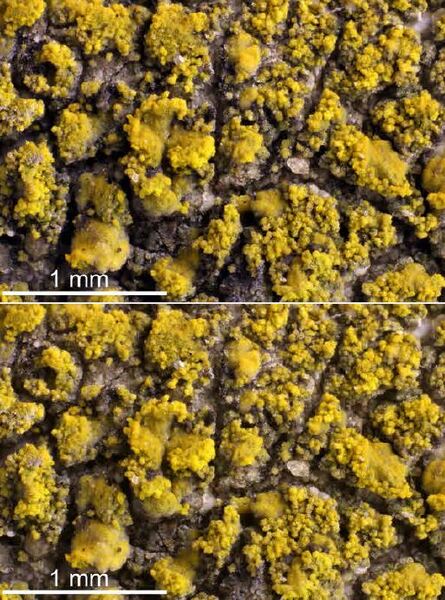

Felix Schumm – CC BY-SA 4.0
[14943], Germany, Baden-Württemberg, Kreis Esslingen, Weilheim, auf Weinbergsmauern unterhalb des Gipfels der Limburg, ca. 500 m. Leg. F. Schumm, 12.07.2009, rev. A. Aptroot 2016.
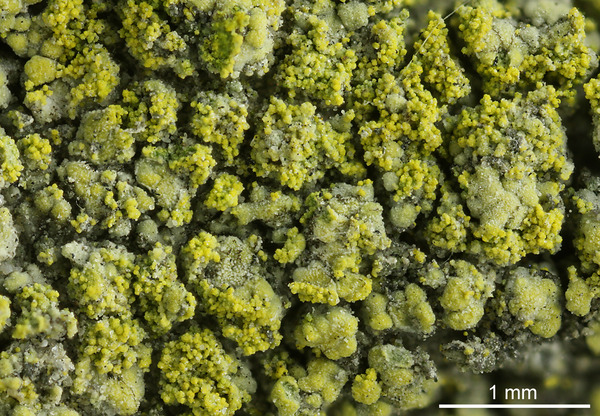

Felix Schumm CC BY-SA 4.0
[16701], Germany, Baden-Württemberg, Kreis Ludwigsburg, zwischen Pleidelsheim und Mundelsheim beim Schotterwerk Karl Epple, 48.97790° N, 9.21620° E, 200 m, an Kalksteinen. Leg. et det. Schumm 03.10.2010.


Felix Schumm CC BY-SA 4.0
[16701], Germany, Baden-Württemberg, Kreis Ludwigsburg, zwischen Pleidelsheim und Mundelsheim beim Schotterwerk Karl Epple, 48.97790° N, 9.21620° E, 200 m, an Kalksteinen. Leg. et det. Schumm 03.10.2010.


Felix Schumm CC BY-SA 4.0
[16701], Germany, Baden-Württemberg, Kreis Ludwigsburg, zwischen Pleidelsheim und Mundelsheim beim Schotterwerk Karl Epple, 48.97790° N, 9.21620° E, 200 m, an Kalksteinen. Leg. et det. Schumm 03.10.2010.
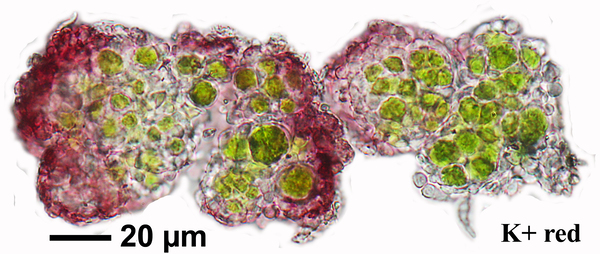

Felix Schumm CC BY-SA 4.0
[16701], Germany, Baden-Württemberg, Kreis Ludwigsburg, zwischen Pleidelsheim und Mundelsheim beim Schotterwerk Karl Epple, 48.97790° N, 9.21620° E, 200 m, an Kalksteinen. Leg. et det. Schumm 03.10.2010.


Felix Schumm CC BY-SA 4.0
[16701], Germany, Baden-Württemberg, Kreis Ludwigsburg, zwischen Pleidelsheim und Mundelsheim beim Schotterwerk Karl Epple, 48.97790° N, 9.21620° E, 200 m, an Kalksteinen. Leg. et det. Schumm 03.10.2010.
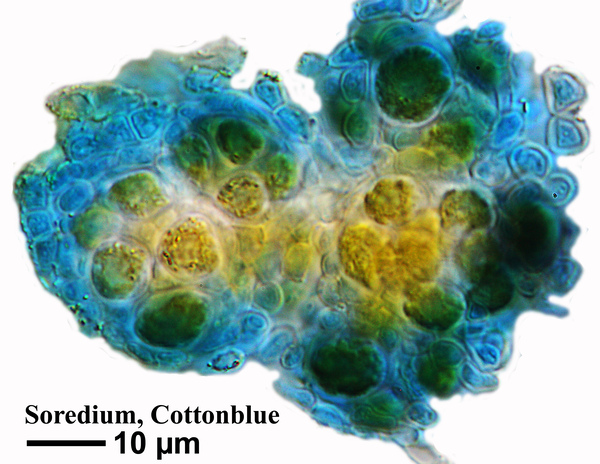

Felix Schumm CC BY-SA 4.0
[16701], Germany, Baden-Württemberg, Kreis Ludwigsburg, zwischen Pleidelsheim und Mundelsheim beim Schotterwerk Karl Epple, 48.97790° N, 9.21620° E, 200 m, an Kalksteinen. Leg. et det. Schumm 03.10.2010.


Felix Schumm CC BY-SA 4.0
[16701], Germany, Baden-Württemberg, Kreis Ludwigsburg, zwischen Pleidelsheim und Mundelsheim beim Schotterwerk Karl Epple, 48.97790° N, 9.21620° E, 200 m, an Kalksteinen. Leg. et det. Schumm 03.10.2010.


Felix Schumm CC BY-SA 4.0
[16707], Germany, Baden-Württemberg, Kreis Göppingen, zwischen Wangen und Unterberken, ehemaliges Militärdepot, an Betonmauern, 48,75052° N, 9,57469° E, 480 m. Leg. et det. Schumm 10.10.2010
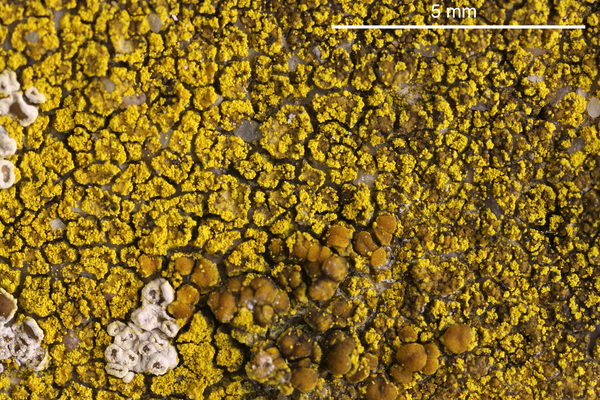

Felix Schumm CC BY-SA 4.0
[16707], Germany, Baden-Württemberg, Kreis Göppingen, zwischen Wangen und Unterberken, ehemaliges Militärdepot, an Betonmauern, 48,75052° N, 9,57469° E, 480 m. Leg. et det. Schumm 10.10.2010


Felix Schumm CC BY-SA 4.0
[16707], Germany, Baden-Württemberg, Kreis Göppingen, zwischen Wangen und Unterberken, ehemaliges Militärdepot, an Betonmauern, 48,75052° N, 9,57469° E, 480 m. Leg. et det. Schumm 10.10.2010
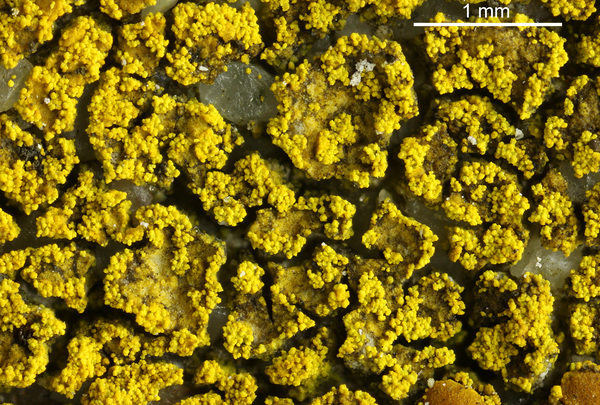

Felix Schumm CC BY-SA 4.0
[16707], Germany, Baden-Württemberg, Kreis Göppingen, zwischen Wangen und Unterberken, ehemaliges Militärdepot, an Betonmauern, 48,75052° N, 9,57469° E, 480 m. Leg. et det. Schumm 10.10.2010
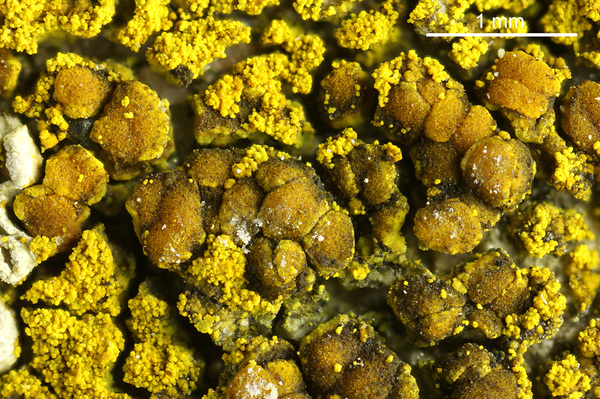

Felix Schumm CC BY-SA 4.0
[16707], Germany, Baden-Württemberg, Kreis Göppingen, zwischen Wangen und Unterberken, ehemaliges Militärdepot, an Betonmauern, 48,75052° N, 9,57469° E, 480 m. Leg. et det. Schumm 10.10.2010
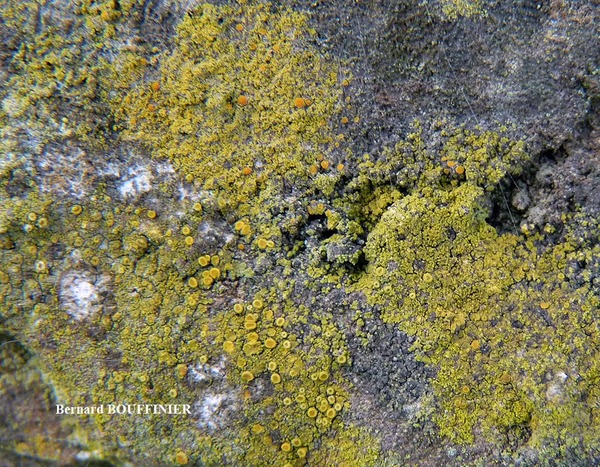
Bernard Bouffinier - Source: http://www.lichensmaritimes.org/index.php?task=fiche&lichen=812&lang=en
France, Landevennec
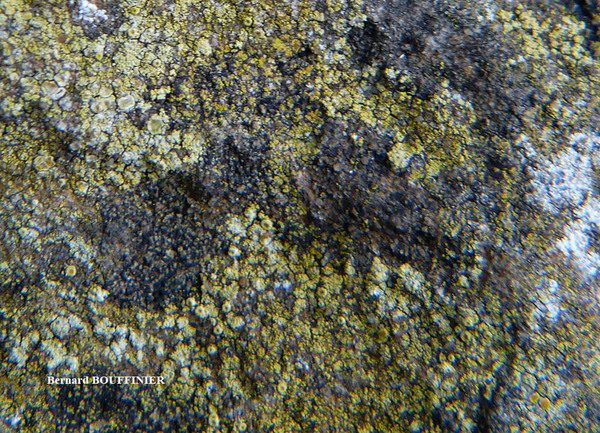
Bernard Bouffinier - Source: http://www.lichensmaritimes.org/index.php?task=fiche&lichen=812&lang=en
France, Landevennec
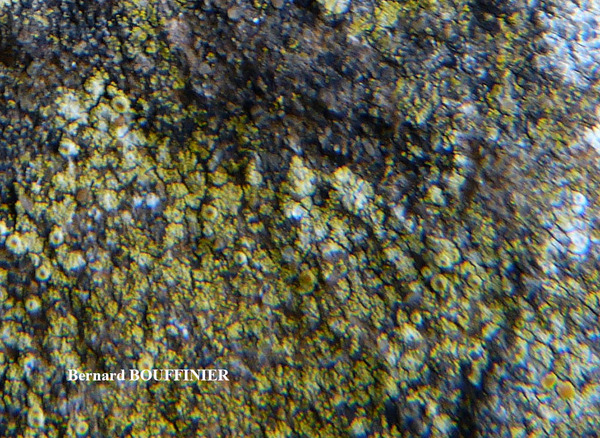
Bernard Bouffinier - Source: http://www.lichensmaritimes.org/index.php?task=fiche&lichen=812&lang=en
France, Landevennec
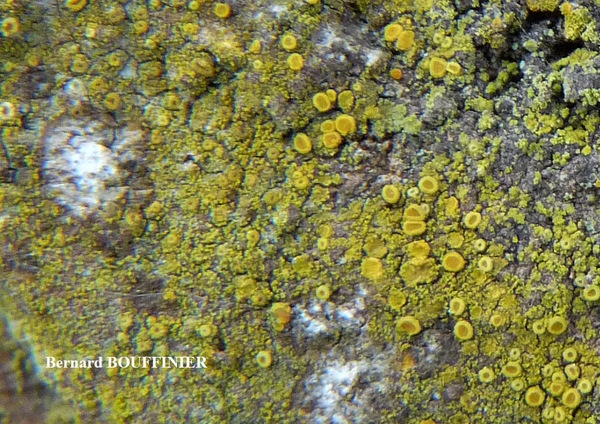
Bernard Bouffinier - Source: http://www.lichensmaritimes.org/index.php?task=fiche&lichen=812&lang=en
France, Landevennec
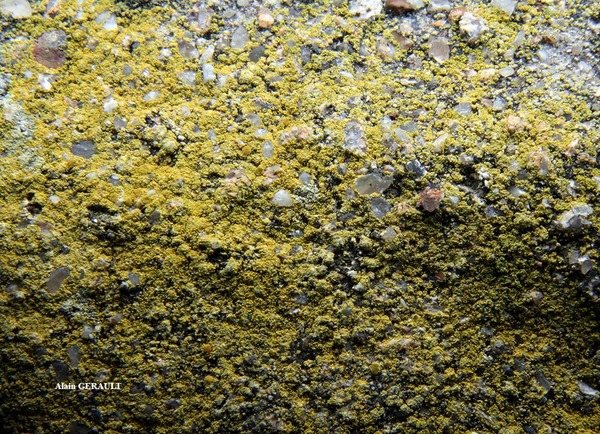
Alain Gerault - Source: http://www.lichensmaritimes.org/index.php?task=fiche&lichen=812&lang=en
France, Le Passage
Growth form: Crustose
Substrata: bark and rocks
Photobiont: green algae other than Trentepohlia
Reproductive strategy: mainly asexual, by soredia, or soredia-like structures (e.g. blastidia)
Pioneer species
Commonnes-rarity: (info)
Alpine belt: absent
Subalpine belt: rare
Oromediterranean belt: absent
Montane belt: rather common
Submediterranean belt: common
Padanian area: very common
Humid submediterranean belt: common
Humid mediterranean belt: common
Dry mediterranean belt: rather common

Predictive model
| Herbarium samples |


Felix Schumm – CC BY-SA 4.0
[16701], Germany, Baden-Württemberg, Kreis Ludwigsburg, zwischen Pleidelsheim und Mundelsheim beim Schotterwerk Karl Epple, 48.97790° N, 9.21620° E, 200 m, an Kalksteinen
03.10.2010
Leg. et det. Schumm


Felix Schumm – CC BY-SA 4.0
[16701], Germany, Baden-Württemberg, Kreis Ludwigsburg, zwischen Pleidelsheim und Mundelsheim beim Schotterwerk Karl Epple, 48.97790° N, 9.21620° E, 200 m, an Kalksteinen. Leg. et det. Schumm 03.10.2010.


Felix Schumm – CC BY-SA 4.0
[16707], Germany, Baden-Württemberg, Kreis Göppingen, zwischen Wangen und Unterberken, ehemaliges Militärdepot, an Betonmauern, 48,75052° N, 9,57469° E, 480 m. Leg. et det. Schumm 10.10.2010


Felix Schumm – CC BY-SA 4.0
[16707], Germany, Baden-Württemberg, Kreis Göppingen, zwischen Wangen und Unterberken, ehemaliges Militärdepot, an Betonmauern, 48,75052° N, 9,57469° E, 480 m. Leg. et det. Schumm 10.10.2010


Felix Schumm – CC BY-SA 4.0
[14943], Germany, Baden-Württemberg, Kreis Esslingen, Weilheim, auf Weinbergsmauern unterhalb des Gipfels der Limburg, ca. 500 m. Leg. F. Schumm, 12.07.2009, rev. A. Aptroot 2016.


Felix Schumm CC BY-SA 4.0
[16701], Germany, Baden-Württemberg, Kreis Ludwigsburg, zwischen Pleidelsheim und Mundelsheim beim Schotterwerk Karl Epple, 48.97790° N, 9.21620° E, 200 m, an Kalksteinen. Leg. et det. Schumm 03.10.2010.


Felix Schumm CC BY-SA 4.0
[16701], Germany, Baden-Württemberg, Kreis Ludwigsburg, zwischen Pleidelsheim und Mundelsheim beim Schotterwerk Karl Epple, 48.97790° N, 9.21620° E, 200 m, an Kalksteinen. Leg. et det. Schumm 03.10.2010.


Felix Schumm CC BY-SA 4.0
[16701], Germany, Baden-Württemberg, Kreis Ludwigsburg, zwischen Pleidelsheim und Mundelsheim beim Schotterwerk Karl Epple, 48.97790° N, 9.21620° E, 200 m, an Kalksteinen. Leg. et det. Schumm 03.10.2010.


Felix Schumm CC BY-SA 4.0
[16701], Germany, Baden-Württemberg, Kreis Ludwigsburg, zwischen Pleidelsheim und Mundelsheim beim Schotterwerk Karl Epple, 48.97790° N, 9.21620° E, 200 m, an Kalksteinen. Leg. et det. Schumm 03.10.2010.


Felix Schumm CC BY-SA 4.0
[16701], Germany, Baden-Württemberg, Kreis Ludwigsburg, zwischen Pleidelsheim und Mundelsheim beim Schotterwerk Karl Epple, 48.97790° N, 9.21620° E, 200 m, an Kalksteinen. Leg. et det. Schumm 03.10.2010.


Felix Schumm CC BY-SA 4.0
[16701], Germany, Baden-Württemberg, Kreis Ludwigsburg, zwischen Pleidelsheim und Mundelsheim beim Schotterwerk Karl Epple, 48.97790° N, 9.21620° E, 200 m, an Kalksteinen. Leg. et det. Schumm 03.10.2010.


Felix Schumm CC BY-SA 4.0
[16701], Germany, Baden-Württemberg, Kreis Ludwigsburg, zwischen Pleidelsheim und Mundelsheim beim Schotterwerk Karl Epple, 48.97790° N, 9.21620° E, 200 m, an Kalksteinen. Leg. et det. Schumm 03.10.2010.


Felix Schumm CC BY-SA 4.0
[16707], Germany, Baden-Württemberg, Kreis Göppingen, zwischen Wangen und Unterberken, ehemaliges Militärdepot, an Betonmauern, 48,75052° N, 9,57469° E, 480 m. Leg. et det. Schumm 10.10.2010


Felix Schumm CC BY-SA 4.0
[16707], Germany, Baden-Württemberg, Kreis Göppingen, zwischen Wangen und Unterberken, ehemaliges Militärdepot, an Betonmauern, 48,75052° N, 9,57469° E, 480 m. Leg. et det. Schumm 10.10.2010


Felix Schumm CC BY-SA 4.0
[16707], Germany, Baden-Württemberg, Kreis Göppingen, zwischen Wangen und Unterberken, ehemaliges Militärdepot, an Betonmauern, 48,75052° N, 9,57469° E, 480 m. Leg. et det. Schumm 10.10.2010


Felix Schumm CC BY-SA 4.0
[16707], Germany, Baden-Württemberg, Kreis Göppingen, zwischen Wangen und Unterberken, ehemaliges Militärdepot, an Betonmauern, 48,75052° N, 9,57469° E, 480 m. Leg. et det. Schumm 10.10.2010


Felix Schumm CC BY-SA 4.0
[16707], Germany, Baden-Württemberg, Kreis Göppingen, zwischen Wangen und Unterberken, ehemaliges Militärdepot, an Betonmauern, 48,75052° N, 9,57469° E, 480 m. Leg. et det. Schumm 10.10.2010

Bernard Bouffinier - Source: http://www.lichensmaritimes.org/index.php?task=fiche&lichen=812&lang=en
France, Landevennec

Bernard Bouffinier - Source: http://www.lichensmaritimes.org/index.php?task=fiche&lichen=812&lang=en
France, Landevennec

Bernard Bouffinier - Source: http://www.lichensmaritimes.org/index.php?task=fiche&lichen=812&lang=en
France, Landevennec

Bernard Bouffinier - Source: http://www.lichensmaritimes.org/index.php?task=fiche&lichen=812&lang=en
France, Landevennec

 INDEX FUNGORUM
INDEX FUNGORUM
 GBIF
GBIF
 DOLICHENS
DOLICHENS
